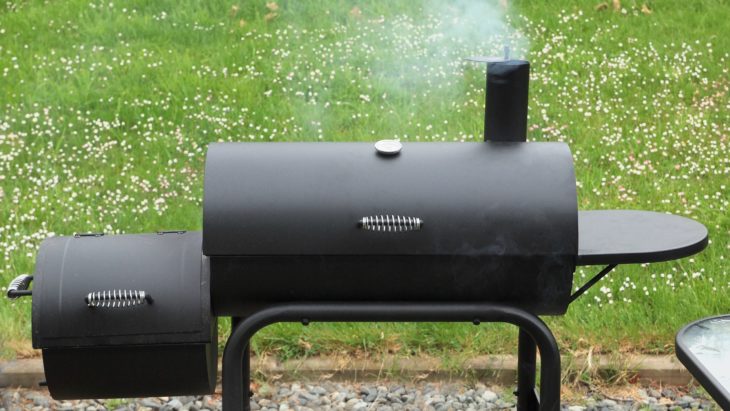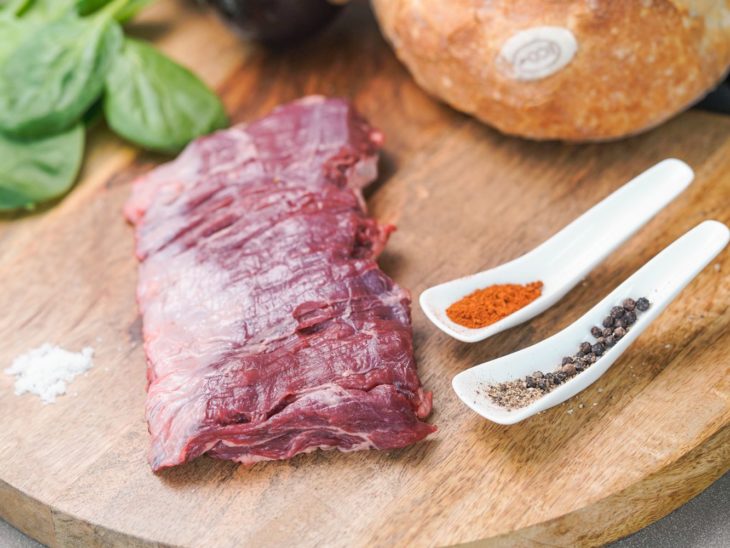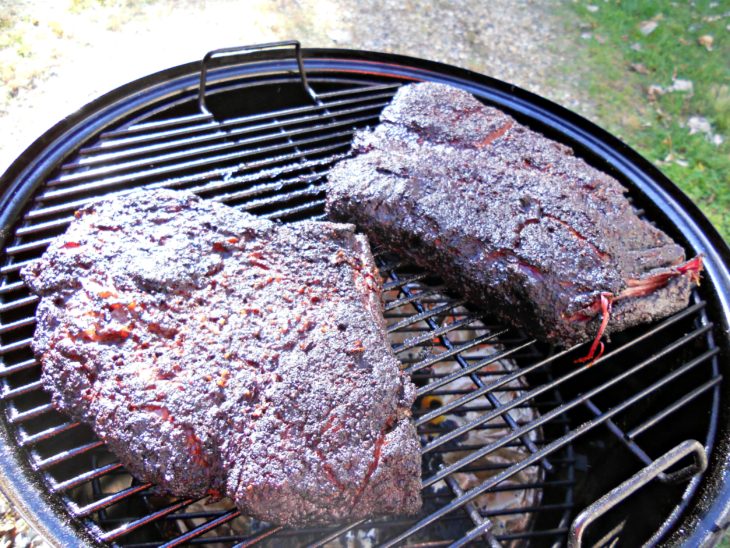Beef brisket is a great example of everything that’s unique about barbecue. Unlike grill-friendly steaks or oven-ready roasts, the brisket is a cut that is often maligned by mainstream cooking. Its tougher nature makes it a perfect candidate for low and slow cooking in a smoker, but that perfection requires the appropriate cooking technique.
As you make your first foray into the delicious world of smoking brisket, arm yourself with some good information from a reputable smoking authority such as yardripe.com, and follow these tips to make a great brisket.
Contents
Start with the Right Equipment
A smoker is an investment that will last for several years if you take care of it properly. Because it’s a long-term purchase, you want to make sure you buy the right model for your particular needs. Quality and price top the list of priorities, so spend a little time searching for cheap & quality charcoal smokers under $200 or check out SmokeySteakRanch.com.
Once you’ve gotten a great smoker, make sure you read up on its proper operation. You may have lots of experience smoking meat with other models, but your new model may be different. Get to know its operation before you buy the first pound of meat. Also, don’t neglect charcoal. Not every sack of briquettes is the right thing for your smoker, so do a little product research on your heat source as well. Choose a quality product designed for use in a smoker so that you won’t be fighting to manage the rate of combustion the entire time you’re smoking.

Source: Epicurious
Choose Quality Meat
Speaking of buying meat, no amount of great cooking will improve a bad brisket. The best you can do is to maximize the potential of each cut of meat you use. There are all sorts of meat grades and different purveyors of beef, and it can be very easy to make a bad decision just because you’re trying to save a few dollars.
Good brisket isn’t cheap. If you find something that is priced a little too good to be true, it probably is. Steer clear of bargain-basement cuts sold at big box stores. Find a skilled, experienced butcher with a good selection of all types of meats. Seek that person’s advice on which piece to choose out of his or her cooler. Talk to your butcher about how to trim your brisket. You will want to remove some of the fat in order to create a better final product. That expert advice will guide you in how much should be removed.

Source: Char–Broil
Get the Right Rub
Charcoal imparts a certain amount of flavor to the meat, but it’s the same flavor that anybody else gets when using the same type of charcoal. To create a distinctive brisket with your own taste fingerprints on it, experiment with some different rubs. Find one that adds great flavor without overpowering the great natural taste of the meat.
A brisket has fat on one side and none on the other. Once you’ve got your rub, apply it liberally to the lean side of the brisket. It’s not necessary to let the rub form chunks. Make sure that you don’t have excessive amounts of spices piled up. These can cook into hard particles or simply create an overpowering flavor.

Source: The Spruce Eats
Put Your Brisket Fat Side Down
Welcome to the big debate. Pitmasters of every stripe have argued for decades about whether to smoke it fat side up or fat side down. The fat-up camp contends that the melting fat soaks into the meat, bringing lots of flavor with it.
That’s not the case. Plenty of pros have put this notion to the test, concluding that the fat melts and rolls off the meat, taking your carefully-chosen dry rub with it and leaving an untreated piece of meat. Put the fat down so that it can melt and drip away without interfering with the top-side rub, then wrap the brisket in foil before placing it in the smoker.

Source: Webster’s Prime
Watch Temperature and Time
Good smoking depends heavily on choosing the right temperature. If you get it too hot, you’ll cook the meat too quickly and unevenly. If you are too cool, the meat will take forever to cook through, if it ever finishes at all. Just as challenging is the process of maintaining temperature with the right combination of charcoal load, damper operation, and moisture management.
Check for a functioning thermometer on that new charcoal smoker, then maintain a temperature of 225 degrees. This will get your brisket done in a timely fashion without overcooking it. Use a meat thermometer to monitor for an internal temperature of 195 degrees. Once your brisket has reached that level, remove it from the smoker and let it rest. This will allow the meat fibers to relax, making it more tender and much easier to cut.
Sometimes beef brisket gets left out of the barbecue conversation. Too many people focus on pulled pork or chicken, missing the opportunity to enjoy a great piece of smoked beef. With the right equipment, the right process, and some experience, you can turn out some fantastic brisket that will convert even the staunchest pork lover

Source: Barbecue Bible
